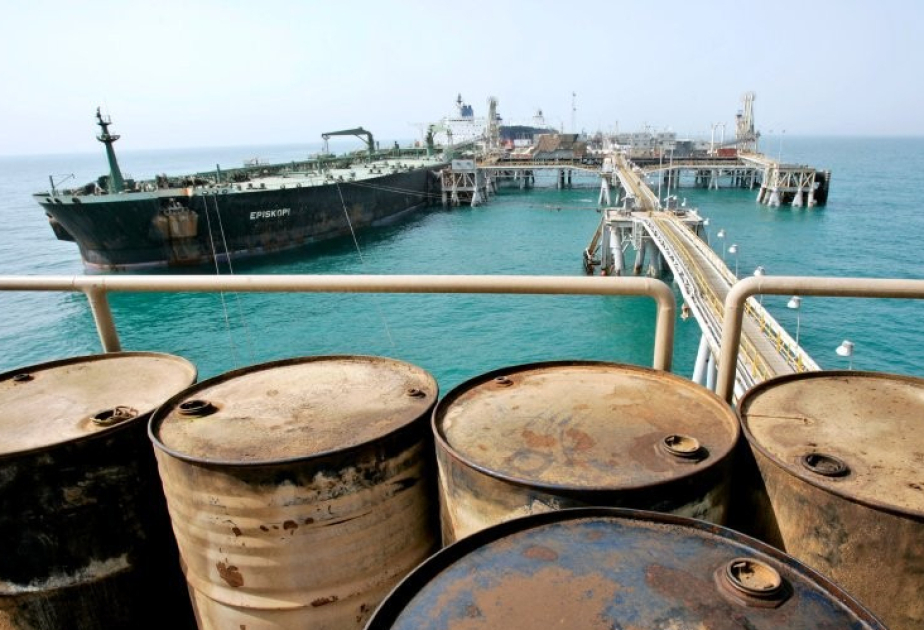By JERUSALEM POST STAFF
An archaeological find off the coast of Kenya is exciting researchers. A study published in the Journal of Maritime Archaeology suggests that the wreckage could be part of Vasco da Gama's final voyage.
If confirmed, the sunken vessel would be one of the earliest European shipwrecks in the Indian Ocean, shedding light on a centuries-old legend.
Over the past decade, several artifacts have been retrieved from the wreck, such as elephant tusks and copper ingots, which point to the ship as being early Portuguese. The Independent reports that the trenches allowed researchers to retrieve some planks from the ship's frame and its hull, including wood recently discovered in two archaeological trenches made at the wreck site, approximately 1,640 feet from shore.
Study of the wreck has been difficult due to its condition and location. The ship came to rest on a coral reef, and over the years, it has settled into the reef, making study of it a difficult proposition, Phys.org notes.
Sean Kingsley, a maritime archaeologist unaffiliated with the study, expressed a particular need to act fast and take care when it comes to this underwater artifact. "This is one wreck that screams out for protection, respect and care before its back story vanishes forever," Kingsley said, as reported by Popular Mechanics. He notes that if the wreckage can be verified as the São Jorge, such a discovery would be "archaeological stardust," highlighting its importance.
The evidence thus far suggests the ship is likely the galleon São Jorge, which was part of a fleet of ships that set off on Vasco da Gama's final voyage. Among the 20 ships that embarked on this journey, the São Jorge reportedly sank shortly before da Gama's death, as noted by Popular Mechanics.
Filipe Castro and his team intend to conduct "an archaeological survey of the coral reefs that stretch north from Malindi to Ras Ngomeni, Kenya—a distance of about 15 miles (25 kilometers)." The researchers plan to conduct more studies of the wreck off the coast of Kenya, hoping to find proof of the ship's identity and gain clarity about its historical significance, as reported by Focus Online.
Husband Gets an Embarrassing Greeting at AirportSponsored by Explored Planet
40 Best Ford Vehicles Ever Built, Ranked in OrderSponsored by Money Pop
What is Outbrain
The Kenyan authorities are also showing interest in this archaeological find, indicating its potential importance to the region's maritime history. It is even being considered to establish an underwater museum at this site that divers can visit, Focus Online reports.
The wreck is located at a shallow depth of just 6 meters below the water off the coast of Kenya, and it is being protected by the local population as part of a community archaeology project, according to Newsbomb. Focus Online suggests that regardless of the reason why the galleon sank, it could certainly become a significant attraction.
Vasco da Gama was commissioned in 1497 to find a maritime route to the East and completed his last voyage in 1524. He was the first European to sail around the Cape of Good Hope at the southern tip of Africa, entering the Indian Ocean, The Independent reports. His first voyage marked a significant milestone in maritime exploration, leading to the establishment of trade routes between Europe and Asia, as noted by Phys.org.
Stay updated with the latest news!
Subscribe to The Jerusalem Post Newsletter
Subscribe Now
Vasco da Gama is the navigator who connected India with Europe by charting a longer but safer route for ships, avoiding the dangers of the Mediterranean and the Arabian Peninsula, according to Ναυτεμπορική. His voyages opened the way for the establishment of the Portuguese Empire in Asia, which lasted many centuries.
This era, once called the Age of Discovery, is often associated with the beginning of colonization, coinciding with Portugal's efforts starting in 1513 to build ships for war and exploration of the Indian and Pacific Oceans, as reported by The Independent. About five hundred years ago, European seafarers began to explore the world, and such ships began to be quickly adopted by other European countries, leading to the evolution of maritime travel during the 16th century, The Independent adds.
Such ships were built with three or four masts and artillery positioned to cover 360 degrees of their surroundings to allow effective defense against attacks, according to The Independent.



.webp)












.jpg)
